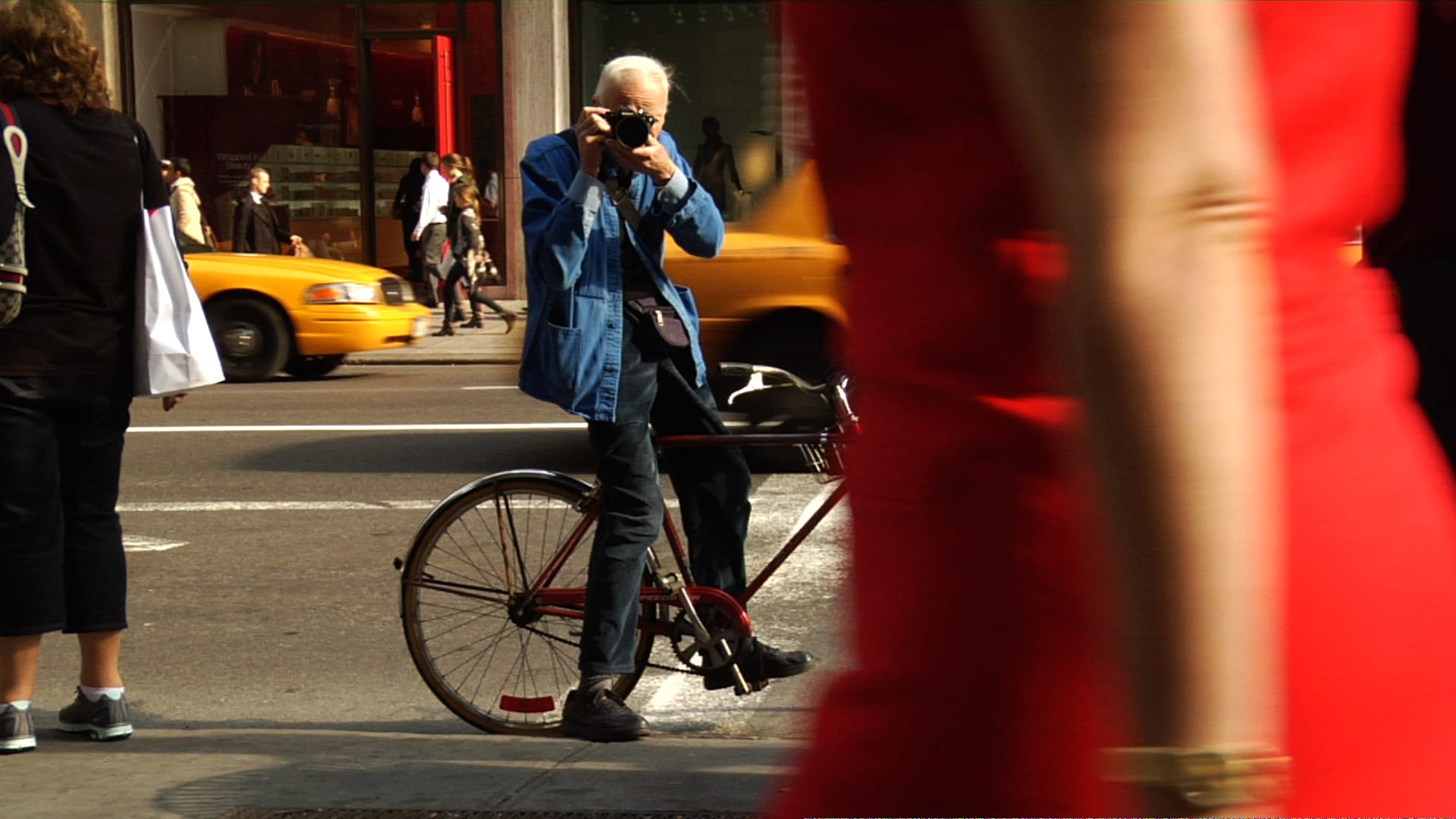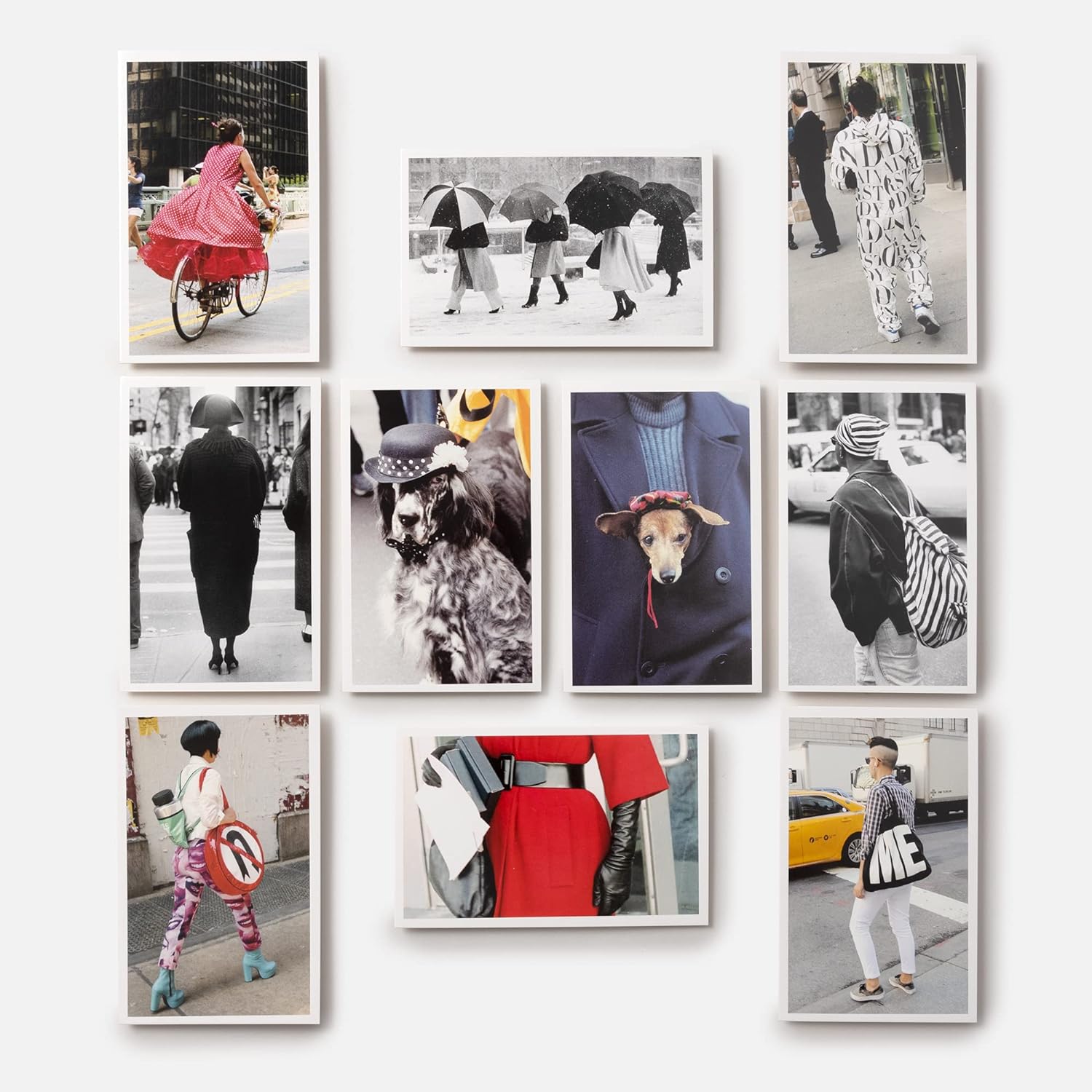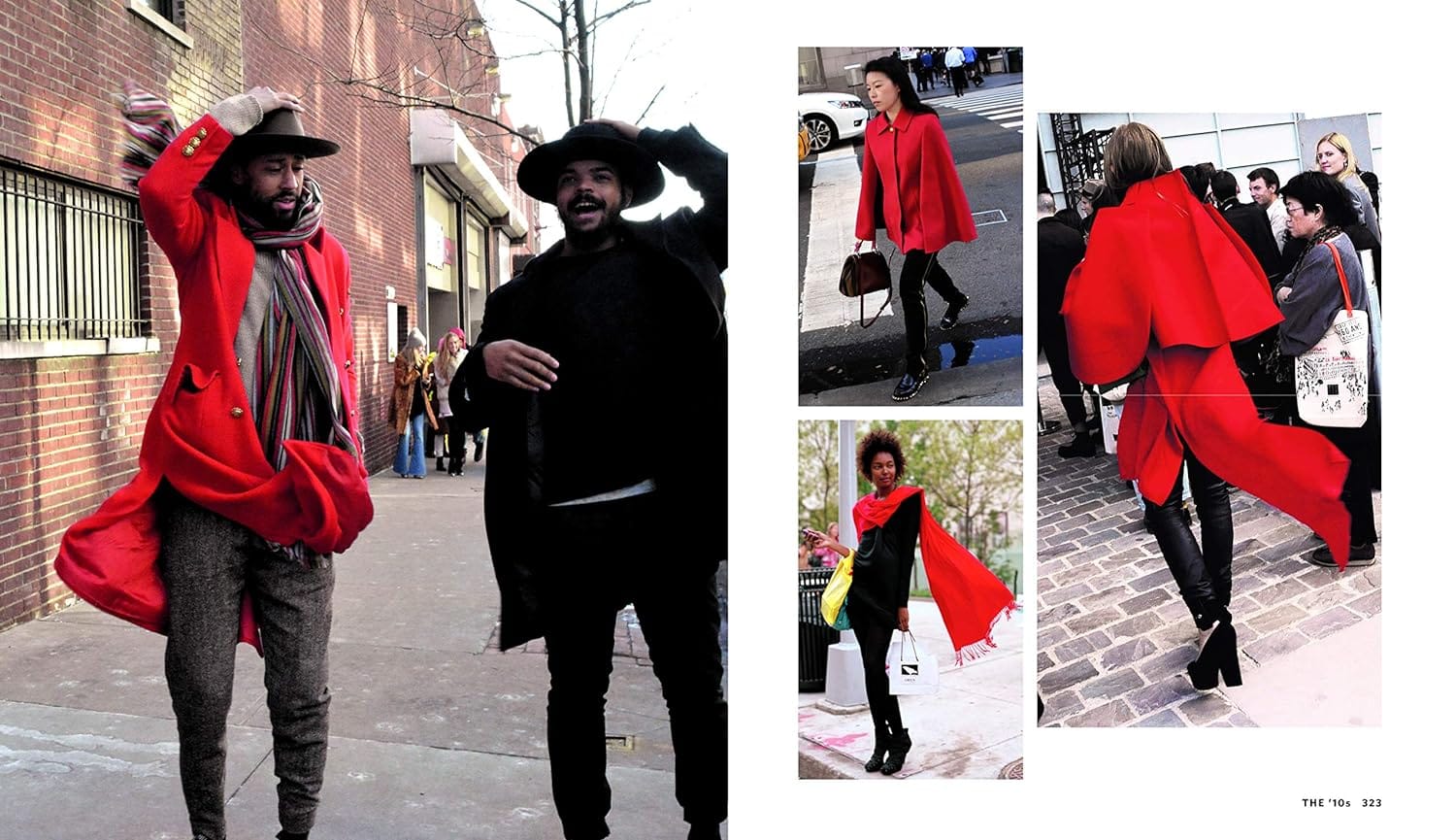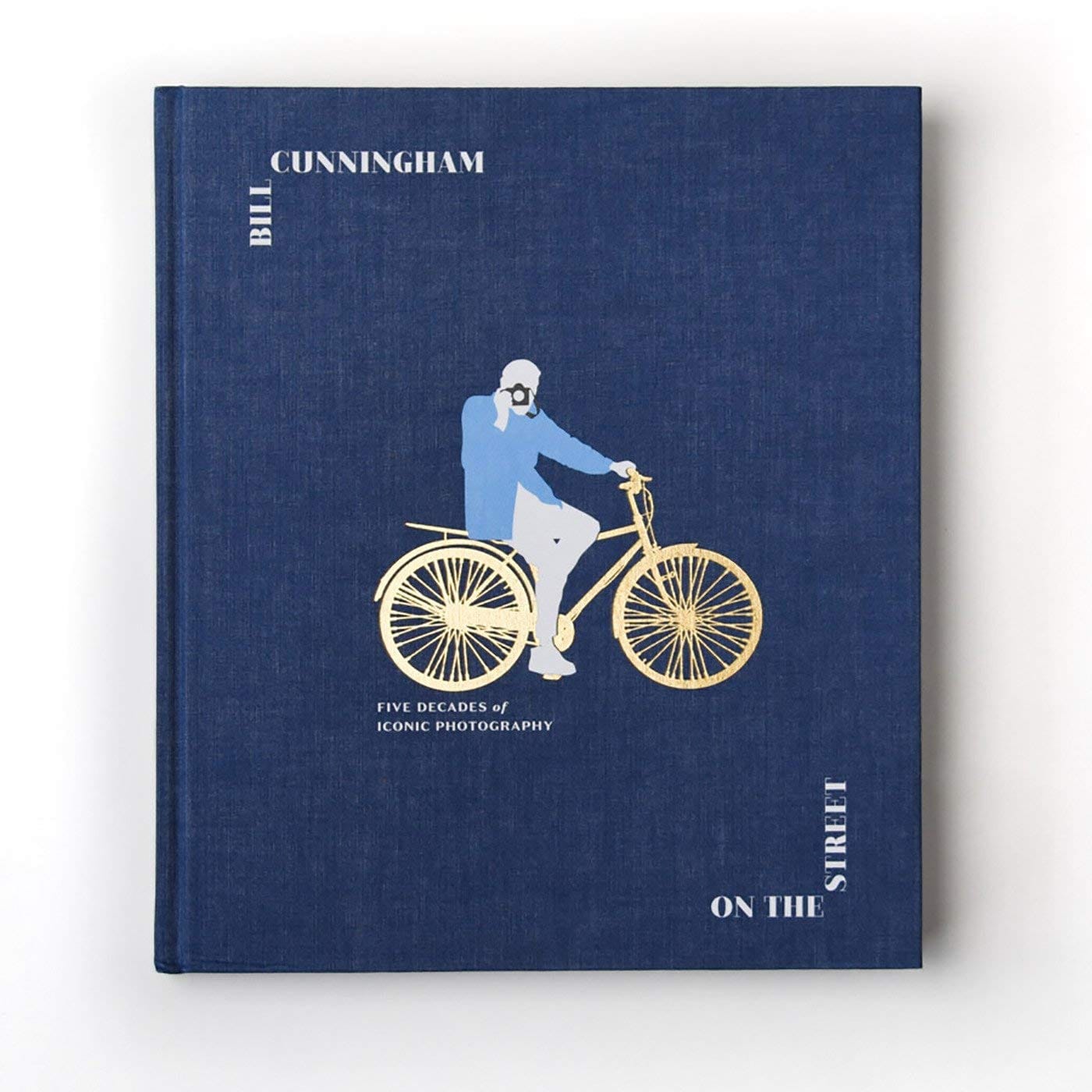Bill Cunningham's Legacy Lives On in NYC and Around the World
Bill Cunningham chronicled New York City's everyday fashion and individuality for many decades, shaping the narrative of street style through his photography.

Bill Cunningham, a legendary New York Times photographer, left an indelible mark on fashion photography and journalism. Through his columns "On the Street" and "Evening Hours," Cunningham chronicled the ever-evolving fashion landscape of New York City, capturing not just the high society and their uptown fixtures but also the vibrant, eclectic expressions of downtown eccentrics and the myriad styles found in between. His work, spanning five decades, not only documented trends but subtly influenced them, showcasing fashion as a lively, public dialogue. He was a unique New Yorker, and his work was inspirational in the creation of The New Yorker Life.
Early Life and Career
Born in 1929, Cunningham's journey into the fashion world was not straightforward. Initially, he dropped out of Harvard University and moved to New York to pursue a career in fashion. His early work in hats, under the label William J, showcased his creative talents, but his transition to fashion photography made him a household name. Cunningham's unique approach to fashion photography, focusing on clothes in real-life situations rather than on mannequins or staged settings, set him apart early in his career.

Philosophy and Method
Bill Cunningham's philosophy was simple: "Fashion is the armor to survive the reality of everyday life." He believed in the democratic nature of street fashion, stating that one could see and feel everything about where the fashion world was going by looking at people on the streets. His method was unobtrusive; he often rode around New York City on his bicycle, camera at the ready, capturing moments of genuine, unposed style. Cunningham's work celebrated individuality and expression, and he had an uncanny ability to spot emerging trends long before they hit the mainstream.
Impact and Legacy
Cunningham's impact on fashion and photography is profound. He democratized fashion by showing that style was not confined to the runways or exclusive boutiques but was alive and thriving on the streets. His work paved the way for the explosion of street-style blogging and photography, influencing a new generation of photographers and fashion enthusiasts who now document style across the globe through social media platforms.
Moreover, Cunningham's approach to fashion photography as a form of cultural documentation has inspired countless individuals to view fashion as a lens through which societal changes and movements can be observed. His legacy is not just in the images he captured but in his approach to life and fashion—always curious, always respectful, and always in love with the beauty of the individual.

Influence on Today's Social Media Figures
Today's social media figures, photographers, and fashionistas are grateful to Cunningham's pioneering work. Capturing everyday fashion and sharing it with a broader audience is a direct descendant of Cunningham's philosophy. Influencers and fashion bloggers now roam the streets of cities worldwide, much like Cunningham did, showcasing their style and the diverse fashion scenes of their locales. They continue their work in democratizing fashion, making it accessible to all and highlighting the uniqueness of individual expression.
In conclusion, Bill Cunningham was more than just a photographer; he was a visionary who saw the beauty in the every day, the extraordinary in the ordinary. His work has left an indelible mark on the fashion industry, influencing not just the way we view fashion but also how we document and share it. Cunningham's legacy lives on through the lenses of today's social media figures, who continue to capture the ever-evolving tapestry of street fashion inspired by his pioneering spirit. As we scroll through our feeds, filled with images of personal style and street-inspired fashion, it's clear that Cunningham's influence is as vibrant and relevant today as ever.
Photographs used in this article are taken from Amazon.


